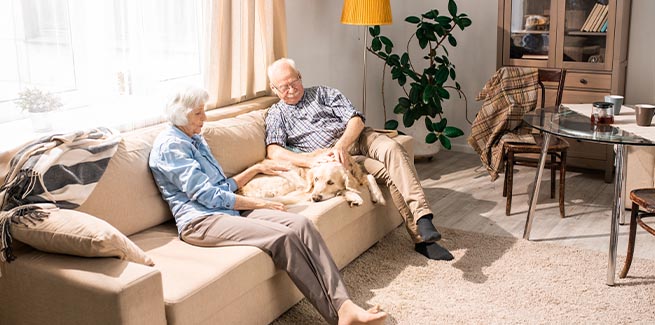New findings published by the Australian Housing and Urban Research Institute (AHURI) found that older Australians on lower incomes who did not own their own home faced increasing risk of housing stress and instability – particularly single women.
The study found older Australians aged 55 years and older on low incomes relied too heavily on the private rental sector that placing is them at risk of housing stress and instability, with older single women increasingly becoming the “new face of homelessness” in Australia – which is driving the need for more innovation in the Australian housing market.
In its recent projections, AHURI said around 440,000 households (55+) will need affordable housing by 2031 – indicating a 78 per cent increase in unmet demand from 2016.
As the shortage of affordable housing for older people worsens and housing affordability declines, more people will enter retirement without owning a home or still paying off a mortgage, the report highlighted.
Given the need for an increase in supply of affordable housing, the study investigated the potential of alternative housing models for older Australians and the role alternative financing schemes could play in expanding those options.
The research identified a range of alternative housing models with “strong potential” to be scaled up including co-housing, integrated mixed-use developments, modular-style manufactured housing utilising vacant land, low-rise medium-density development, and reforms to the private rental sector to better protect older tenants.
To drive down affordability, the report recommended increasing density and acquiring land at low cost were important, for example through peppercorn leasing of vacant land owned by governments or not-for-profits, or utilising private land such as suburban backyards, can greatly increase affordability.
The report also recommended government incentives and subsidies for developers are a “critical enabler” to ensure affordable alternative models were financially viable, as well as more flexible financing models.
For example, AHURI recommended schemes such as shared equity, build-to-rent and rent-to-buy could assist to expand the affordable housing options available to older Australians, including the potential for home ownership under certain conditions.
Shared equity schemes involve the home buyer sharing the costs of home purchase with a “partner” such as a private or government-backed arrangement, such as the government’s commitment towards its Help to Buy scheme, which will involve an equity contribution of up to 40 per cent.
Despite the advantages, the report highlighted that even comparatively affordable shared equity arrangements are likely to be out of reach for many older people on lower incomes with few assets.
Another recommended concept, which has been gaining traction to support women at risk, is the “build-to-rent” model where a single owner (such as a developer) builds a multi-dwelling development for rental, which would boost affordable housing supply.
However barriers in the Australian market, such as low returns and high risk, the costs of management, land tax, and the illiquidity of property assets have slowed institutional investment in build-to-rent developments.
In addition, schemes such as rent-to-buy, which involve an agreement between the landlord and the tenant, that the tenant will have an opportunity to purchase the property they are renting, were recommended despite them lacking government support.
Housing policy commitments
In an effort to combat the growing housing affordability and supply issue the Labor government had committed to a number of housing policies, including a National Housing Supply and Affordability Council set to advise on ways to improve land-use planning and supply for housing.
However, the report warned given the slow rate of affordable dwellings in the past few years, it was “highly unlikely” that current housing responses, including investment in social housing, will be able to meet the “urgent” need for affordable housing.
[Related: Build-to-rent concept set to help at risk women]

